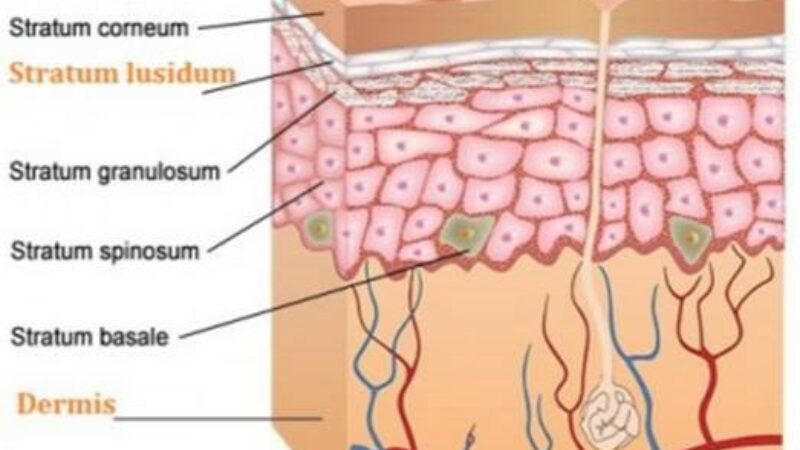You may have noticed the label “non-comedogenic” attached to certain skin care products. The truth is that the term non-comedogenic is a marketing term that can be applied to any product. Let’s look at this phrase and see if it’s an important factor in deciding whether or not to purchase a skin care product.
Are Non-Comedogenic Solutions Important?
Skin care products labeled “non-comedogenic” are formulated to minimize the clogging of the pores. They may also be labeled “non occlusive.” In the skin care industry, these phrases are often used interchangeably and carry similar meanings. The benefit of using skin care products that are non-comedogenic involves how your skin produces oil and what happens when that oil is trapped within your pores.
Your pores have sebaceous glands which produce an oil called sebum. This oil is useful because it helps to keep your skin moisturized. However, in order for that to happen, the sebum must be able to exit the pores. When the pores are blocked or clogged, the oil is trapped inside and can result in blackheads, whiteheads, or similar skin conditions.
What Types of Products are Comedogenic?
This is the tough part, because technically, any skin care product/ingredient has the potential to block pores in any given individual. This is especially true for products containing ingredients that are thick, waxy or emollient. So this means that products designed to moisturize the skin may be problematic in blocking pores.
Skin varies amongst individuals and whether or not a product will block your pores also depends on how much you apply, how often you apply and how long you leave it on. This is further complicated by the fact that most skin care products are not applied on their own; they are often combined with other products. This process may alter a product’s composition causing it to block pores in combination with another product.
It’s important to note that while many skin care products may be labeled non-comedogenic, their ability to avoid obstructing pores may vary on different skin types. For example, some moisturizers and sunscreens may not clog pores when applied to dry skin, but may be occlusive when used on oily skin. Other products, such as Anthelios XL 50+ Fluide Extreme Visage, can be used on dry or oily skin without fear of clogging pores.
Conclusion?
If you have oily or combination skin, then products labeled non-comedogenic will have significant appeal for you. Seek out products with a lower viscosity (serums and gels like UltimaSkin Alpha Lipoic Acid Lifting Serum, for example) while staying away from those that are thicker and creamier. Though not a guarantee that your pores will remain unblocked it does give some guidance about which type of non-comedogenic product will be most suitable for your skin type. As with any skin care product, the true test will be applying it to your skin and determining if it is right for you or not.



